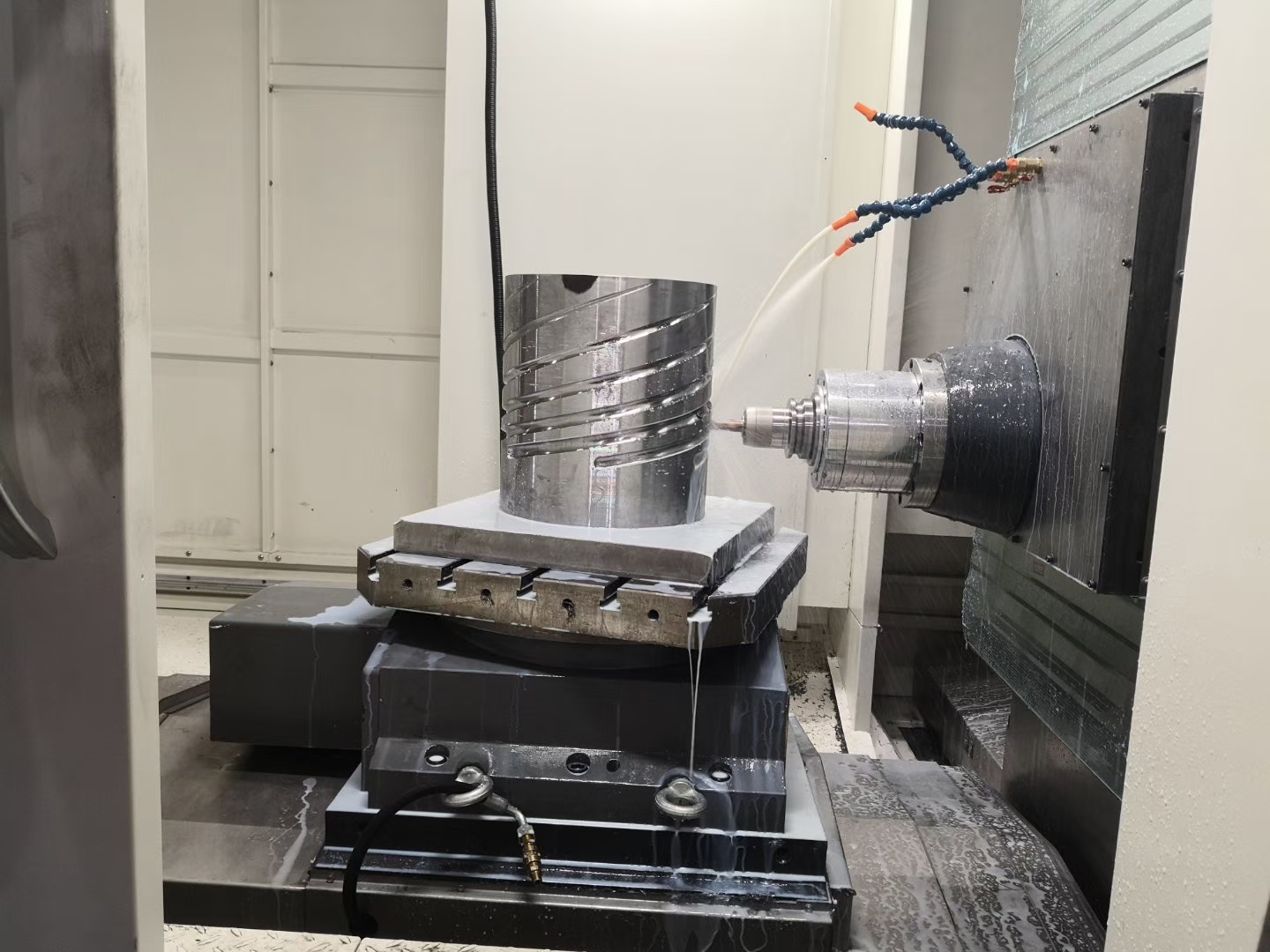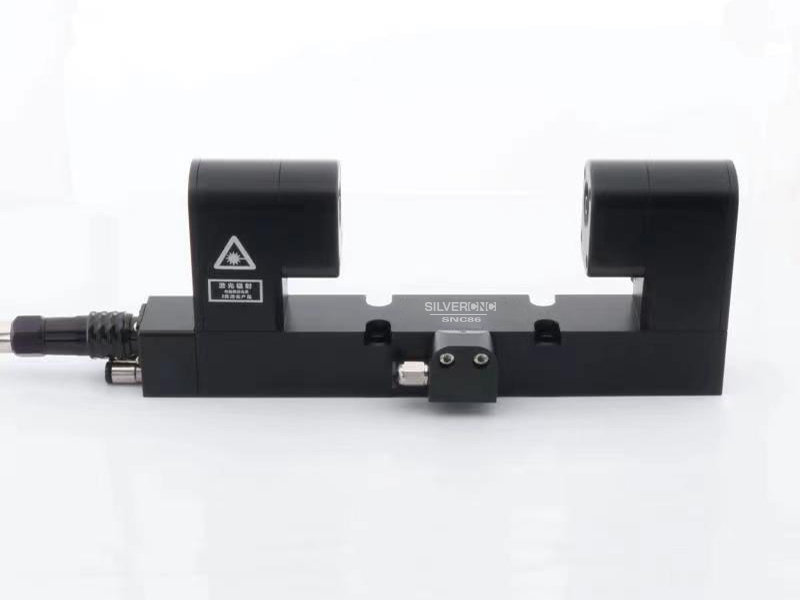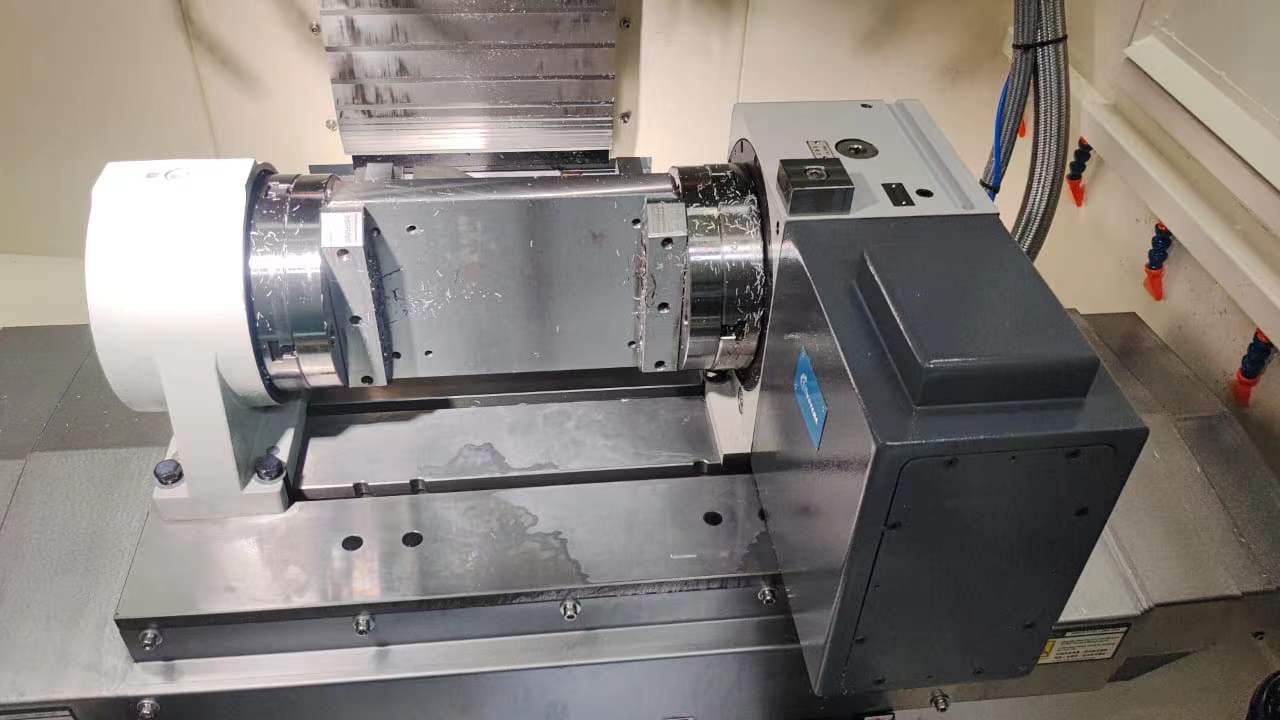Principle and function of tool setting
In the process of workpiece machining, the auxiliary time such as workpiece loading and tool adjustment accounts for a large proportion in the cycle. The tool adjustment is not only time-consuming and laborious, but also difficult to be accurate. Finally, trial cutting is needed. Statistics show that the pure maneuvering time of a workpiece only accounts for 55% of the total time, and the auxiliary time such as clamping and tool setting accounts for 45%. Therefore, the tool setting used shows great advantages.
Principle of contact tool setting :
The core component of the tool setting instrument is composed of a high-precision switch, a hard alloy tetrahedron with high hardness and high wear resistance and a signal transmission interface. The tetrahedron is used to contact the tool and transmit the force to the high-precision switch through the flexible support rod installed under it; The signals sent by the switch are transmitted to the NC system through the signal transmission interface for tool direction identification, operation, compensation, access, etc.
The working principle of NC machine tool determines that when the machine tool returns to the mechanical reference point of its own motion axis, the machine tool coordinate system is established. Once the reference point is established, the zero point of the machine tool, each movement direction on each axis of the machine tool coordinate system has numerical practical significance.
1. After each linear motion axis of the machine tool returns to its respective mechanical reference point, the specific value is established for the relative position relationship between the machine tool coordinate system and the fixed coordinates of the tool setting.
2. Whether automatic programming control or manual control is used to operate the tool setting , when moving the tool along a selected axis, making the tool tip (or the outer diameter of the power rotating tool) close to and touching the tool setting, and triggering the high-precision switch sensor, the switch will immediately notify the system to lock the movement of the feed axis. Because the CNC system processes this signal as an advanced signal, the action control will be extremely fast and accurate.
3. Because the linear feed axis of NC machine tool is equipped with pulse encoder for position loop feedback, there is also a counter in the NC system to remember the actual position of the feed shaft. the system can determine the initial tool offset value of the tool tip (or diameter) as long as it reads the accurate stop position of the axis and automatically converts the relative relationship between the machine tool and the tool setting.
4. Whether it is the tool wear after workpiece cutting or the tool tip change after lead screw thermal elongation, as long as the tool setting operation is carried out again, the NC system will automatically compare the measured new tool offset value with its initial tool offset value, and automatically add the error value to be compensated into the tool compensation storage area.
Benifit:
1. Measure and compensate the tool deviation in the five directions of ± x, ± Z and Y axes
2. Automatic monitoring, alarm and compensation of tool wear or damage during machining
3. Compensation of tool deviation caused by thermal deformation of machine tool




